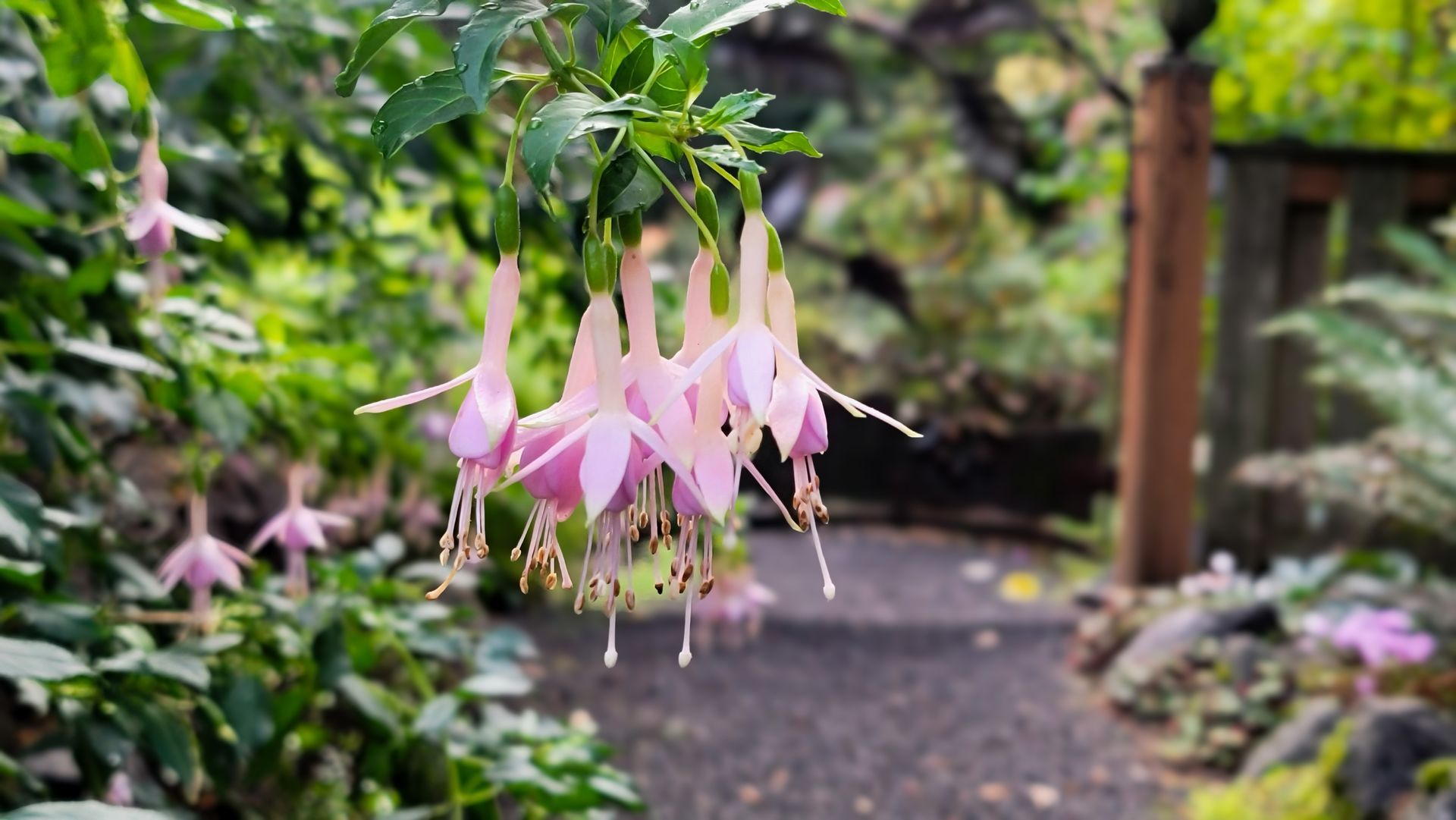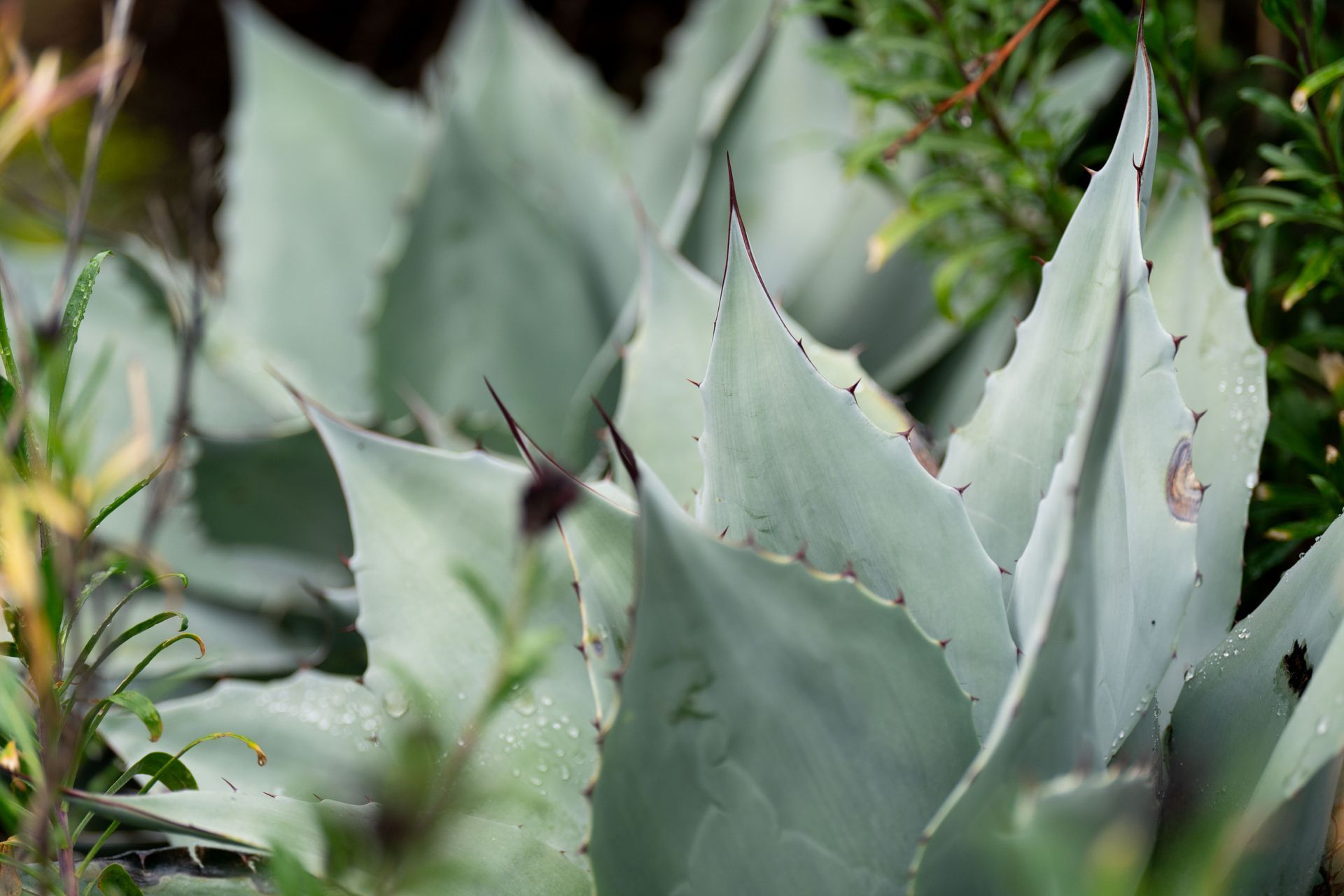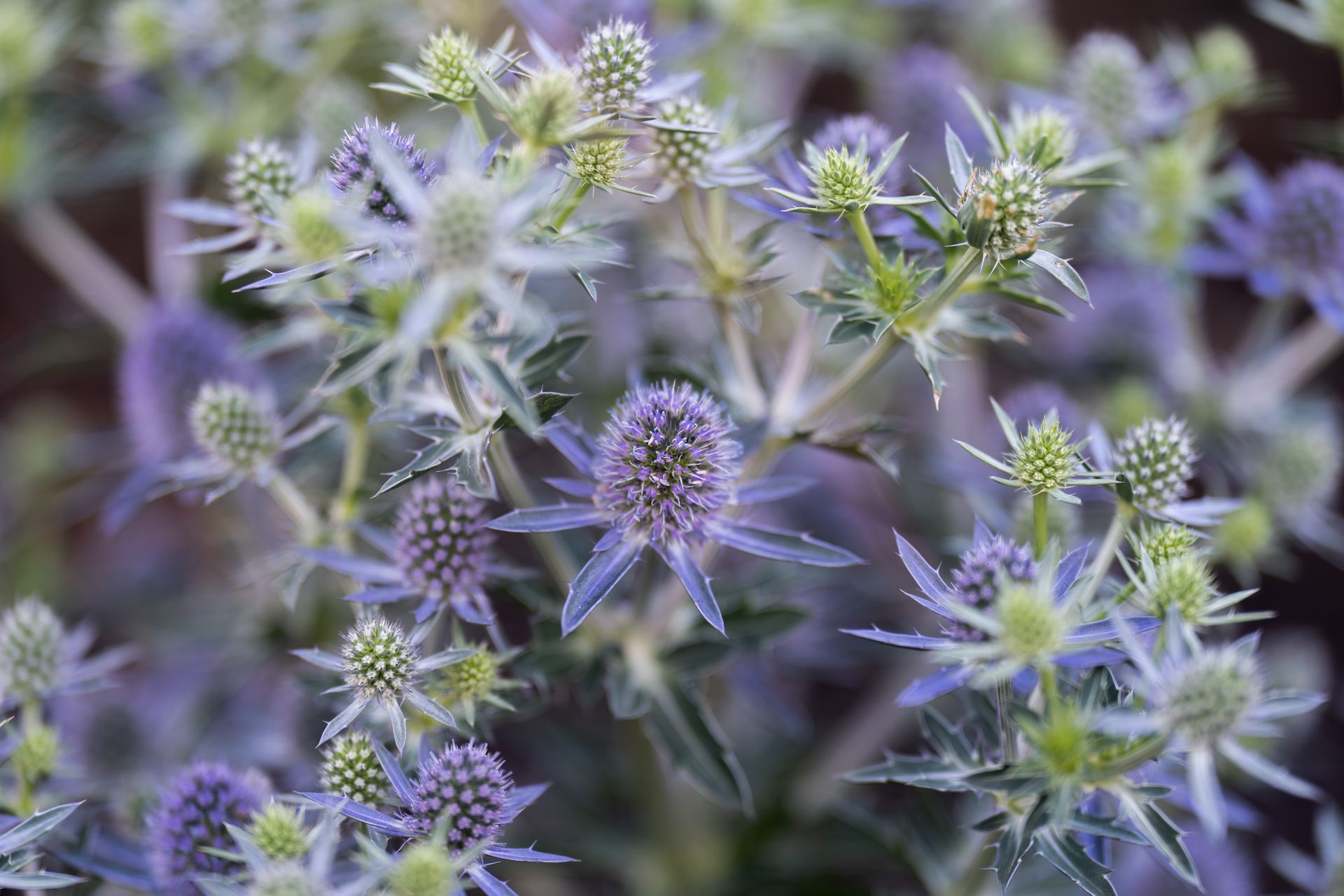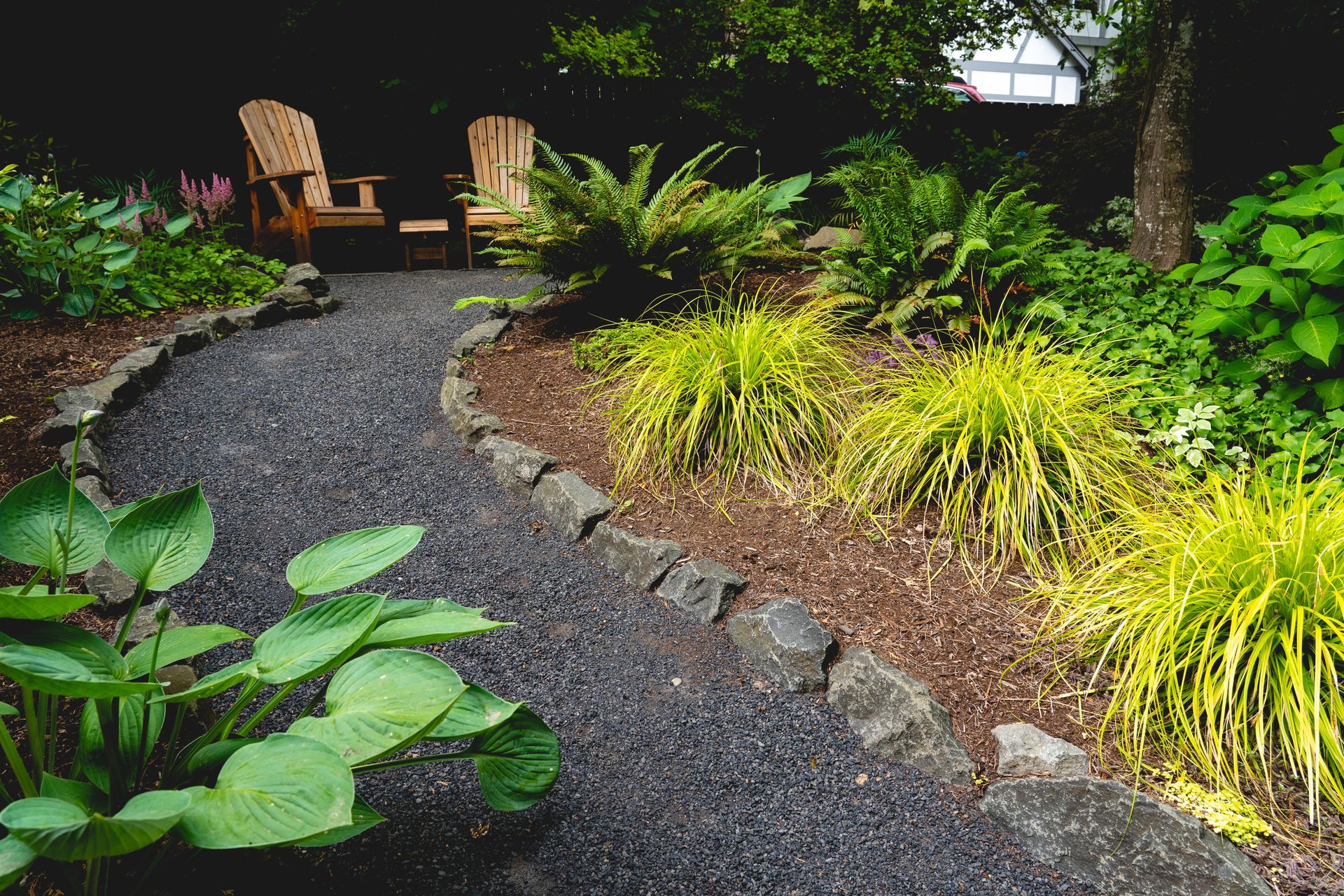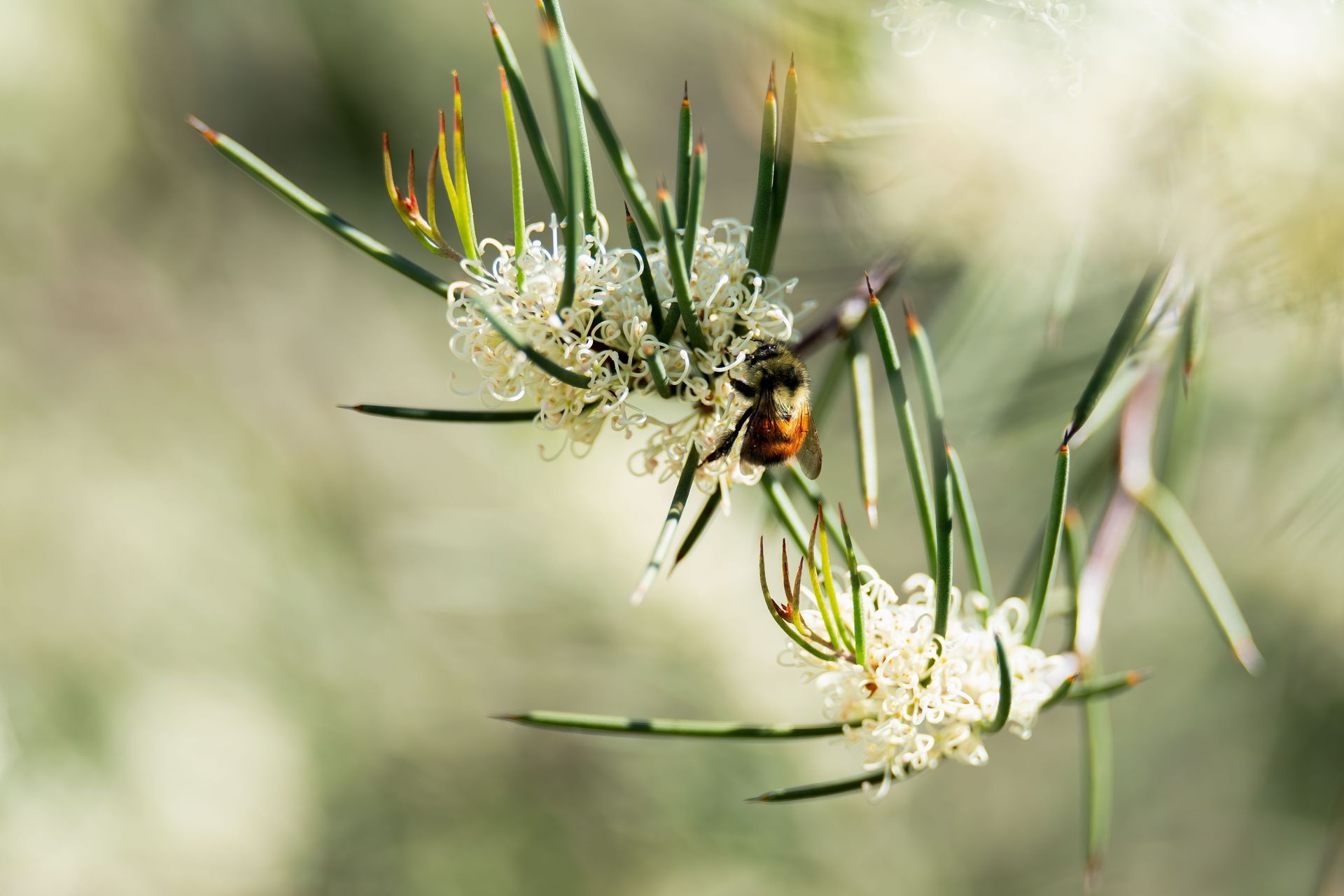February Tips and Tricks

What a cold and icy January we have all experienced! We lost an entire six working days to frozen ground. The first half of February can always bring another blast; however, going from my past experiences, I have only had two winters in our 40+ years where we have had severe weather after. February 15th is a big day; reaching it always gives me hope because, in years past, we have often had a bit of sunshine and a taste of Spring weather around that date. It gets everyone in the mood, and we start getting calls on the office phone, wanting to get work done. The weather causes people to panic, saying, oh gosh, we really need to get that drainage work done, that rock wall completed, the yard redesigned, etc., because Spring is right around the corner, and we want to be outside and enjoy it!
- It is time to begin baiting for slugs. Place the bait near things that they love to munch on. Beer in a pan works for some folks. I have also taken objects like wood or pottery and set them in areas slugs enjoy, and they will use this as a resting place. I flip it over, now and then, and pick them off to eliminate them. The worst are the little squishy grey ones imported from Europe. They are tiny but powerful because they choose to chew through lettuce and other succulent garden items, and they are hard to find.
- Weed! Now is the time when weeds are small, weak, and helpless. I take one section of my yard per weekend and work around the yard by the end of March. It saves me hours of work later in the warm weather when I am in the mood to do other things!
- This is a great time to plant fruit trees and deciduous shrubs from containers (or try bare-rooted, less expensive plants) and transplant.
- I Plant perennials and herbs outdoors, such as chives, lovage, mint, rosemary, sage, and thyme (remember that mint and oregano are invasive, so plant accordingly).
- I Prune fruit trees as needed.
- I Prune and train grapes.
- I Prune my roses. This is also a great time to plant new roses. Bare-root roses are available; however, we believe that Heirloom Roses in St. Paul is the premier place to purchase self-rooted roses that are not grafted. The advantage here is if we have a really cold winter and the top dies back, the roots will come back true to the variety, and I will not get a wild rose coming up from the roots because that is what they graft most roses onto!
- I like to Prune and gather branches of quince, forsythia, and flowering cherries and bring them inside to force early blooms. They make substantial, bountiful bouquets!
- I Prune summer-flowering plants, such as butterfly bush, cotoneaster, clematis, and hydrangea. I do not prune spring flowering shrubs, such as azaleas and Rhodies; or I will end up cutting off the bloom buds.
- I Prune back Fuchsias and other perennials which have not been pruned back to about four inches. This year has been cold enough so one might wonder whether the Fuchsias have really died to the ground or been killed. So, I have learned to just handle the bare stick look and wait to see just how far up the little green buds come out on the stems and trim them down to that mark. It has been so cold that quite possibly this Spring they all might just come up from the roots instead, so I will need to be very careful and look for their little green shoots coming up from the ground around the brown stems!
- I spread compost mulch two inches thick every two–three years. Composted mulch is best, but dark bark mulch is fine. It is easiest to do this in winter after things are trimmed and cleaned up. It makes everything look great! It smothers weed seeds and of course helps to hold the moisture in the ground in the dry season, and in the rainy season it prevents erosion. I also place my tree leaves and light trimmings in my beds. I find that this cuts down on the need for very much mulch most years.
For adventuresome gardeners:
- It is that time when one can make a cold frame or hotbed to start early vegetables or flowers. Of course, doing this in the garage with a UV light is another option.
- Plant seed flats for crops in the Cole family, such as cabbage (as in Cole slaw), Broccoli and Brussel sprouts for future planting outdoors, using your cold frame, hot bed or garage starting beds.
- Prepare soil for future planting of the grow pots and flats of seedlings that you are starting.
- Apply first of four dormant sprays of copper/sulfur sprays mixed with dormant oil spray on apple trees to prevent apple scab and kill pest larvae. This is a nice non-petroleum-based spray.
- I like to choose that time well because then I can use the exact same mix of dormant sprays for other fruit and deciduous trees and shrubs, especially for certain roses that normally are attacked by disease and insects.

